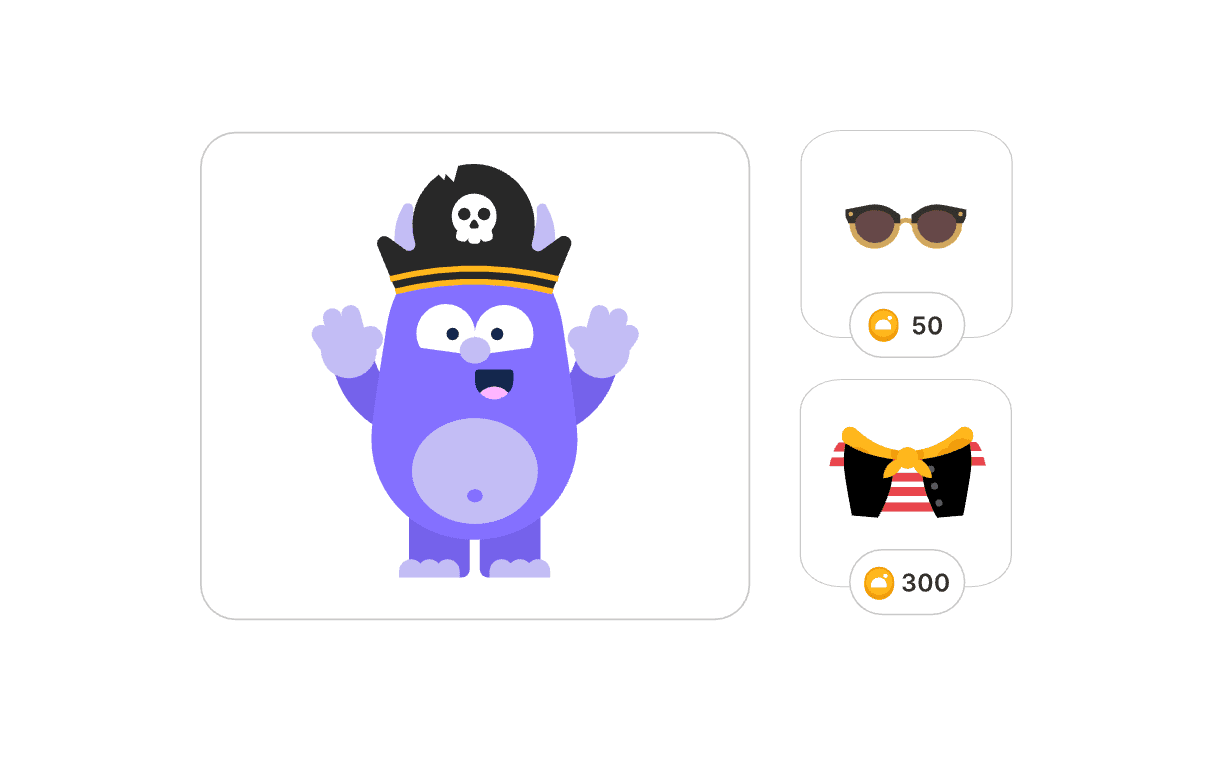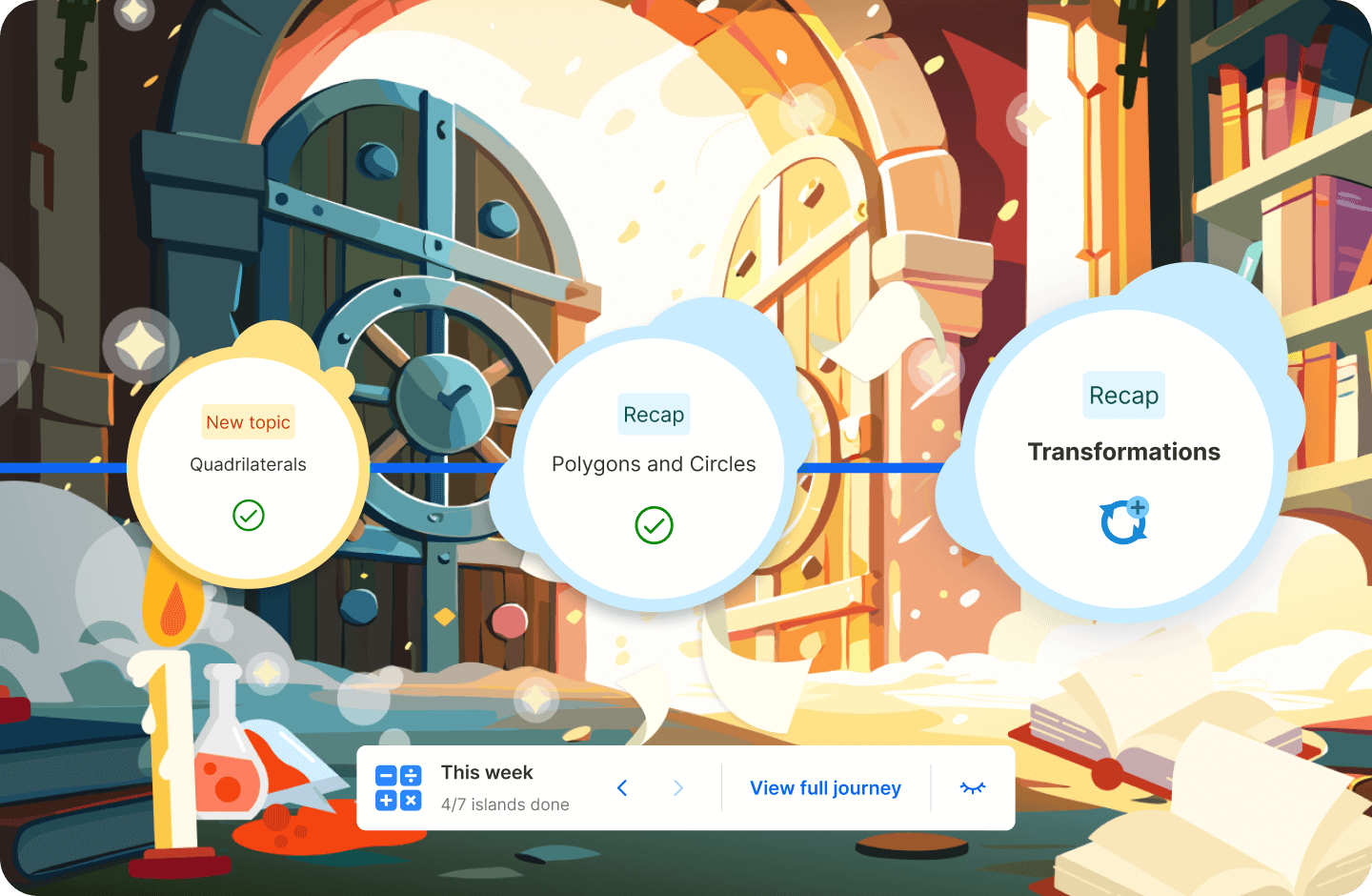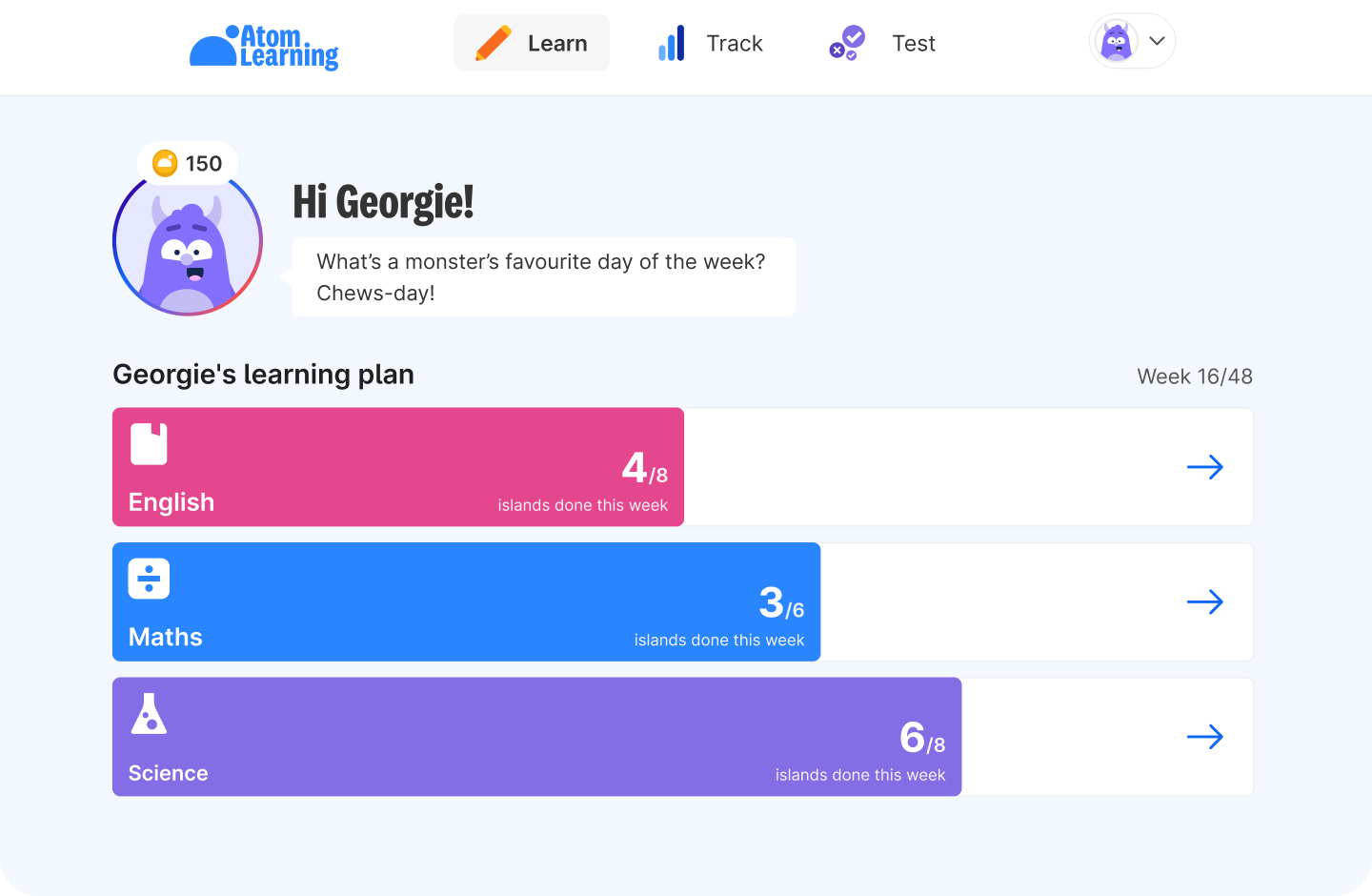Does it ever feel like a struggle to get your child engaged with certain topics? Meanwhile, they rarely need external motivation to spend time exploring new worlds through games. While your child’s education is certainly no game, harnessing this natural curiosity and the thrill of exploration can be key to getting them excited about their learning. Picture this – no more reminding them to do their homework or revise as they’re already driven to do it themselves!
Here are our top tips on how to make learning more exciting for your child.
1. Encourage independent learning
Independent learners are self-motivated learners. Building your child's independent learning skills can inspire a lifelong hunger for knowledge. But independent learning isn't a complete lack of guidance. These behaviours flourish when there is the right balance of a safe learning structure with autonomy.
Many children can find approaching a new topic on their own daunting, overwhelming or boring. They need a safe learning structure in place and access to support in case they get stuck. As a topic becomes more familiar, they then need enough freedom to explore, learn, and tackle problems their own way. They develop the confidence to make decisions and direct their own learning – and the motivation to accomplish things on their own.
Further advice on supporting your child to become an independent learner)
Atom's approach
To provide this safe learning structure, we've introduced Ato the monster. Ato is a friendly learning companion and expert teacher for children who use the online learning platform, Atom Home.
Ato asks interactive questions, checks for understanding, and provides explanations. They also offer help if a student is stuck, by signposting to relevant videos and help sheets. But, children still have autonomy to explore the platform at the pace that is right for them, giving them space to develop confidence and self-motivation.

2. Reward the effort they put into learning
Intrinsic motivation – learning for learning's sake – is always to be strived for. But extrinsic motivation – learning for the sake of a reward – is a powerful encourager to pave the way into a difficult topic if motivation is otherwise lacking.
One important way to do this is to celebrate and reward the effort your child has put in rather than their results. Break down homework and revision sessions into small chunks of time and reward your child with breaks. Afterwards, they should be able to do something fun.
Atom's approach
We’ve harnessed the power of rewards by introducing a simple mechanism of coins. Children can earn coins by answering questions correctly and practising consistently.
Coins also guide student practice and keep children focused on the topics they need to focus on. For example, if Atom’s algorithm knows a child is on track except for their knowledge of fractions, they’ll be able to earn extra coins by completing fractions practices.
3. Set achievable but ambitious goals
Achievable goals are vital for keeping motivated. It makes sense – working towards something that feels out of reach is never going to be exciting for most people. Set reasonable learning goals together with your child, and break each step down into manageable chunks.
Being able to see our progress towards our goals is another huge motivating factor. When work is broken down into bitesize steps, it becomes all the easier to see and celebrate progress.
Atom’s approach
To keep children motivated, we make sure each child’s learning experience is the right balance of achievable and challenging. Our algorithm adjusts to each student’s current performance level so they always answer ~85% of questions correctly.
This provides ‘desirable difficulties’ – the optimal level of stretch and challenge to accelerate progress while building confidence, resilience and independence.





